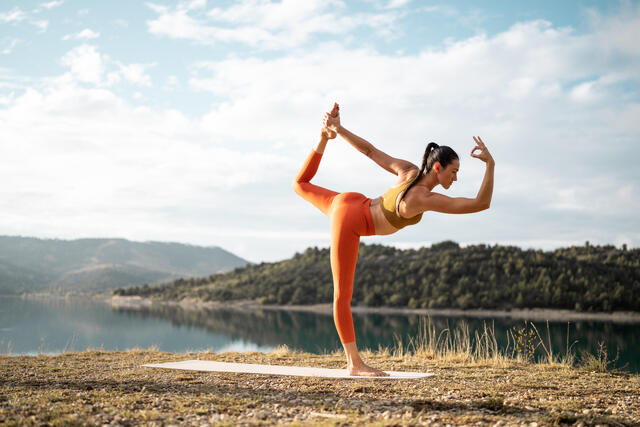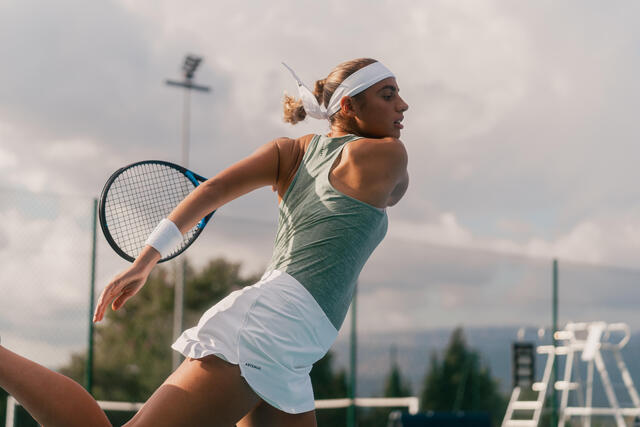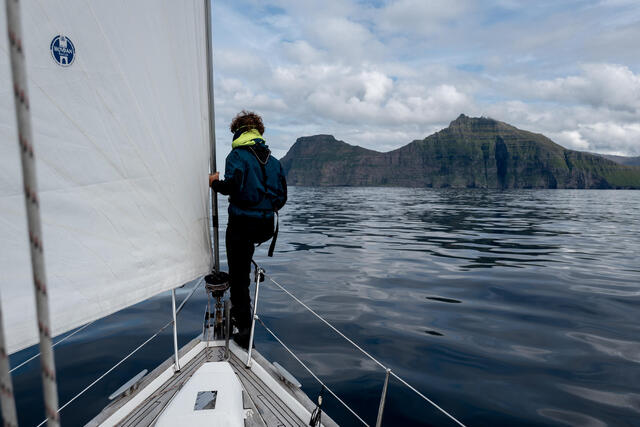Best Swimming Equipment
Swimming is a great way to stay active, increase endurance, and improve your general well-being. Whether you're a beginner or an experienced swimmer looking to hone your skills, the best swimming training equipment can make all the difference. In our comprehensive range of swimming accessories, swimming aids for adults, and competitive swimming training equipment, you're sure to find something suitable.






























